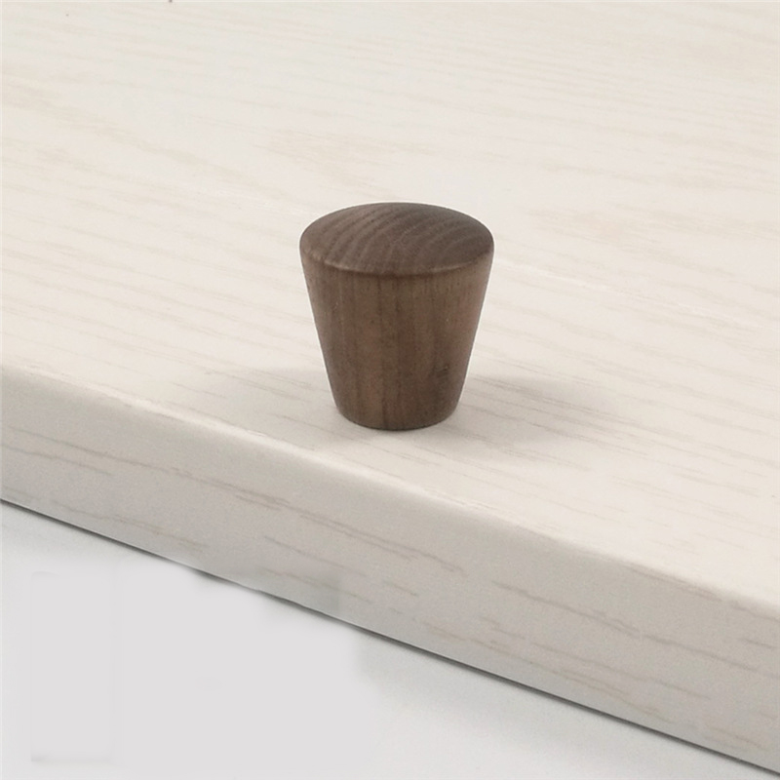Wooden handles play a crucial role in tool usage, primarily due to their impact on ergonomics and comfort. Ergonomics refers to designing tools and equipment to fit the human body’s natural movements and capabilities, enhancing both efficiency and safety. Here’s why wooden handles matter for ergonomics and comfort in tool usage:
1. Natural Grip: Wooden handles can be shaped and contoured to match the natural curves of the human hand. This ergonomic design promotes a more comfortable and secure grip, reducing strain during extended periods of use.
2. Shock Absorption: Certain wood types, like hickory and ash, have natural shock-absorbing properties. This is crucial for tools that transmit vibrations or impacts, such as hammers and axes. A wooden handle can absorb some of the shock, reducing the strain on the user’s hands and wrists.
3. Reduced Hand Fatigue: Ergonomically designed wooden handles distribute pressure evenly across the hand, reducing the risk of developing hand fatigue and discomfort during prolonged use.
4. Vibration Dampening: Wood has the ability to dampen vibrations generated by tools. This is particularly valuable for tools that produce strong vibrations, such as power drills, grinders, and impact tools. Wooden handles can help minimize the negative effects of these vibrations on the user’s hands and arms.
5. Customization: Wooden handles can be customized to fit individual preferences and hand sizes. This personalization ensures that the tool feels like an extension of the user’s hand, increasing control and reducing strain.
6. Warmth and Feel: Wooden handles offer a warmer and more inviting feel compared to cold, metal handles. This can enhance the overall user experience and make the tool more pleasant to work with.
7. Anti-Slip Qualities: Wooden handles often provide a better grip, even when the user’s hands are sweaty or oily. This anti-slip quality adds an extra layer of safety and control.
8. Durability and Longevity: High-quality wooden handles made from durable hardwoods are built to withstand heavy use and resist wear and tear. A comfortable handle that lasts contributes to a better user experience over the tool’s lifetime.
9. Aesthetic Appeal: Wooden handles bring a touch of craftsmanship and aesthetic appeal to tools. Users are more likely to enjoy using tools that not only function well but also look pleasing.
10. Connection with Craftsmanship: Using tools with wooden handles can evoke a sense of tradition and craftsmanship. This connection with the material and its history can enhance the user’s appreciation for the tool.
Incorporating ergonomically designed wooden handles into your tools is an investment in user comfort, safety, and overall satisfaction. A well-designed wooden handle can make a significant difference in how effectively and comfortably a tool can be used, making it an essential consideration for both professional tradespeople and DIY enthusiasts.


